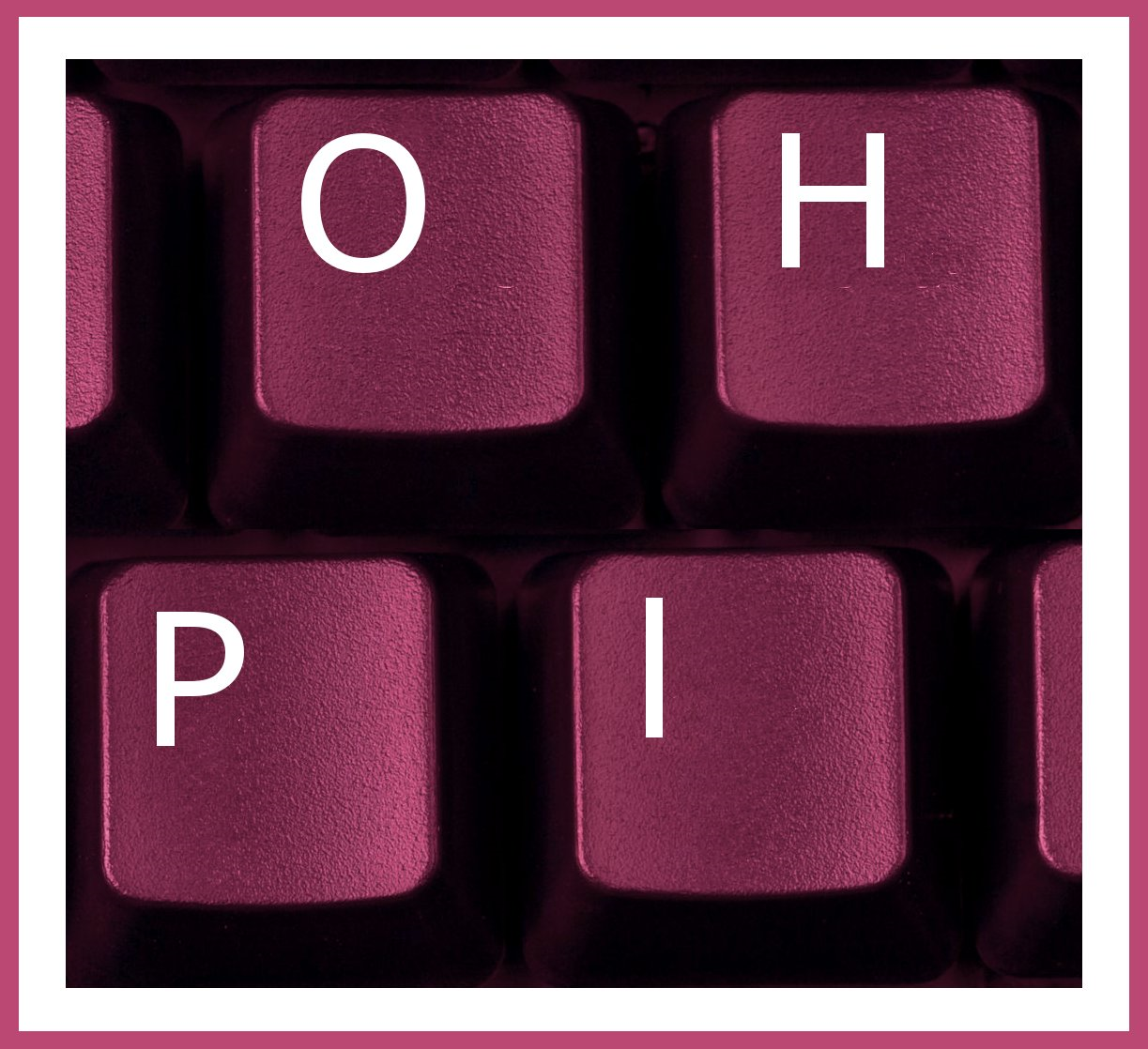On October 7 2023, Hamas led a terrorist attack that breached Israel’s borders, killed 1,200 people, and took 251 hostage. It was the largest terror attack in Israeli history and the highest number of Jewish people killed since the Holocaust. Today we remember those killed, and those still held as hostages. We remember those freed after suffering captivity. We remember the injured and the traumatised. October 7 shook the world for so many. We see them. We remember them.
Some world leaders expressed their condolences. US President Joe Biden offered “all appropriate means of support to the government and people of Israel”. Ursula von der Leyen, President of the European Commission, said the Hamas attack was “terrorism in its most despicable form”. The UK’s PM Rishi Sunak said he was “shocked” by the “attacks by Hamas terrorists”. French President Emanuel Macron expressed “full solidarity with the victims, their families and their loved ones”. Ukrainian President Volodymyr Zelensky said that “Terror is always a crime, not just against one country or specific victims, but against humanity as a whole”. Major landmarks around the world were lit in blue and white in solidarity with Israel, including the Sydney Opera House, the White House, the Empire State Building, the Brandenburg Gate, and Eiffel Tower.
At the same time, this horrific terrorist act was celebrated by some in Australia, Germany, United Kingdom, United States, Lebanon, Iran, Iraq, Turkey, Yemen, and the West Bank. Some Palestinian diplomats also took part in glorifying this terrorism, while some major human rights organisations sought to blame Israel for Hamas’ terrorist attack rather than condemning it.
All this occurred within days of the Hamas terrorist attack. Disinformation denying what occurred began circulating almost immediately, despite footage Hamas themselves broadcast of the attack. At the same, antisemitism spiked as some took it as declaration of open season Jews. On Telegram anti-Jewish threats rose by 488% in the first 18 hours of October 7th (US time). In the UK there was a four-fold increase in antisemitic incidents between October 7 and October 12. In Australia there were 316 antisemitic incidents during October 2023, all but 5 occurring after October 7, an increase of 803% compared to the previous year.
The antisemitism was exacerbated by encampments at universities in the US, which then spread around the world including Australia, where antisemitic incidents and a general climate of anti-Jewish hostility make campuses unsafe for Jewish students.
The Online Hate Prevention Institute’s focus is social media and the internet. We had just completed an 11 month monitoring effort on September 30th, and began an intensive online monitoring effort which lasted from October to February. This work, known as the Moment Project was undertaken in partnership with the Online Hate Task Force from Belgium. We looked at 11 social media platforms and found that the prevalence of antisemitism had risen by 539% compared to the average in the 11 months before October 7. The online antisemitism fuelled antisemitic incidents in the real world as well. Both online and real world incidents continue to be at elevated levels one year on. The one year anniversary is likely to see them rise further.
Help us reach 500 supporters for our work against antisemitism
This page details the huge amount of work we have done on antisemitism over the past year since the October 7 attack. Many are aware of it, but very few have so far donated to support this vital work. To change this we are running a fundraiser where we are counting the number of donors, not the amount of raised.
We would like to show there are at least 500 people who value and support the work we do. The minimum donation is $5, anyone can donate and donations are tax deductible in Australia. Please add your voice by making a donation, and letting others know both of this campaign and of the important data below.
A recapping our March report
We published a major report in March, Online Antisemitism After October 7 2023. The first media coverage was by The Jewish Independent (reprinted in Haaretz and MSN). Other coverage included the ABC (across TV, radio, and online, and reprinted by MSN), Jerusalem Post, J-Wire, and The Elder of Ziyon blog.
The report, based on 2898 items of antisemitism, showed that the 539% rise in antisemitism was not uniform, while antisemitism was up across all platforms, it increased higher on some than on others. Gab was the worst offender with a 10-fold increase and the greatest number of items. One of the most surprising statistics was the level of antisemitism on LinkedIn, which had more antisemitism that Reddit, YouTube, Instagram or TikTok.
We found that:
- Incitement to violence was now more linked to ideology than before – both of the Hamas variety and the neo-Nazi variety. This makes radicalisation into violent extremism a greater threat.
- 74.5% of all the antisemitism gathered included elements of traditional antisemitism. This is the sort of antisemitism that asserts anti-Jewish conspiracy theories, blood libel, deicide, demonisation, dehumanisation, etc.
- 37.3% of all the antisemitism gathered included elements of Israel related antisemitism. The vast majority of this content applied traditional antisemitism to Israel (think “Israel controls the media / banks / government / world” rather than “Jews control the media / banks / government / world”). The next most common form of this antisemitism was Holocaust inversion, claiming Israeli is the new Nazi state, or Netanyahu is the new Hitler.
- Only 8.39% were antisemitic in relation to Israel without also engaging in incitement to violence, Holocaust denial or distortion, or some form of traditional antisemitism.
- Only 1.35% was classed as antisemitism because it “denies Israel’s right to exist e.g. by calling it a racist endeavour” without also expressing some other form of antisemitism.
This last statistic showed that most of the debate over what is or isn’t antisemitism has focusing on examples that in practice seldom occur, or rather, seldom occur in isolation without there also being some other indicator of antisemitism. In practise it is rare to find such arguments being made by someone who isn’t clearly antisemitic based entirely on other things they have said. In social media this usually occurs within the same post.
Regarding the Nazi analogies, as we explained in another article (which also covers the doxxing of Jewish creatives):
In the case of Palestinian claims that Israel is committing a Holocaust against them, this is known as Holocaust inversion. These claims are made regularly, they not only distort understanding of the Holocaust, but seek to cause harm to Holocaust survivors and their descendants. It is like, knowing a person is a victim of sexual assault, someone calls everything that person does that they disagree with “like being sexually assaulted”. Antisemitism expert Lesley Klaff explains, “By inverting reality and morality, and by recklessly spreading accusations of bad faith, Holocaust Inversion prevents us identifying the changing nature of contemporary antisemitism and is an obstacle to marshalling active resistance to it.”
See our latest online antisemitism data (October 7, 2024)
For the first time we are sharing here the data on antisemitism collected after the end of the Moment Project. This data is from early February 2024 until the end of September 2024. It includes 13 hour of data collection on each of the 10 platforms and represents a sample of 1732 antisemitic items.
The data came from around the world but was all visible in Australia. We identified the country of the poster in 65% of cases. While our methodology introduced an intentional bias towards Australian data and this accounted for 49% of the identifiable data gathered, with a further 31.2% from North America, 9.6% from Europe or the UK, and 7.4% from the Middle East, 1.5% from Asia. A small amount were from other locations such as South Africa and New Zealand, .
The data shows that online antisemitism has decreased by about 33% from where it was in the first three month after October 7, but remains more than 5 times higher that it was prior to October 7. The graph below shows the average number of antisemitic items collected in an 8 hour period.

Examining the data by platform shows that the prevalence of antisemitism on Instagram has actually increased while Facebook has hardly decreased at all. The largest drop occurred from the alternative-tech minimally-moderated platforms that cater to the far-right: Gab, Telegram, and BitChute. Of the mainstream platform the largest decrease in antisemitism was on YouTube.

If the Alt-Tech platforms are ignored, we can calculate the change in antisemitism on the mainstream platforms. This show antisemitism decreased only 20%.
Of particular concern is the change in the nature of the antisemitism. The antisemitic content is become more antisemitic. Each item contains a greater variety of antisemitic tropes. Traditional antisemitism is now found in 87.2% of all items. Antisemitism related to Israel is now present in 59.9% of the items. The percent of content inciting violence is now 14.5% of all antisemitic content, more than double the rate (7.1%) seen before October 7.

Our four main categories of antisemitism are themselves a summary of 27 more detailed categories we use when classifying the data. Looking at the data in more detail we can see that the dominate form remains category 3.6 which refers to content that is “Promoting traditional antisemitism such as blood libel and claims Jews killed Jesus”, followed by 4.4 which is “Describing Israel or Israelis using antisemitic words or imagery (e.g., claims of Jews killing Jesus or blood libel)”.
Just to be clear, it doesn’t matter if you say it is Jews control the media, or Israel, Israelis, or Zionist who control the media, it is still antisemitic. And no, substituting the banks, or governments, or killing Jesus, or baking Matzot with the blood of children doesn’t change it either, it is still antisemitic.
As we found last time, only a time number of the items in 4.2 (“Denying Jewish people self-determination, e.g., by claiming Israel’s existence is racist”) were free of traditional antisemitism, Holocaust denial, or incitement to violence, in this case only 6 items (0.35%).

Of particular concern to us were the 101 Australian items that were also classified as extremist material. The majority were found on Instagram (30) and X / Twitter (22).

Learn about our other efforts on antisemitism
- Both our preliminary data and the final report were presented at meetings of the International Holocaust Remembrance Alliance. We also presented on AI and antisemitism to IHRA’s Academic Working Group.
- At the invitation of the Slovenian Education Ministry we ran a session for teachers across the country on antisemitism and Holocaust denial after October 7
- We visited the United States and presented on online antisemitism at Rutgers University and discussed campus antisemitism with staff and students there.
- We presented on the technical aspects of online antisemitism to the Working Group on Antisemitism on Online Platforms, made up of Special Envoys and Ambassadors to Combat Antisemitism from around the world.
- At the invitation of the Antisemitism Coordinator of The Netherlands we attended the European Conference of Public Prosecution Services on Antisemitism and presented on our work along with a workshop on identifying antisemitism.
- We ran a two day training program for law enforcement from around the world, covering both antisemitism and anti-Muslim hate.
- We presented our data to a range of federal, state, and territory politicians and human rights agencies.
- Data that was not removed was shared with Meta and YouTube leading to both further removals and further refinement of the tech giants understanding of antisemitism.
- We recently presented on antisemitism at the University of Sydney and the Sydney Jewish Museum, as well as giving a guest lecture on Holocaust disinformation for a class at the university.
- We have also led a project in New Zealand where we trained and supported a group of New Zealand university students in monitoring and reporting on online antisemitism in that country.
- In addition to the above we have been working on countering extremism with the support of a grant from the Australian Government’s Safe and Together Community Grants Program.
See our latest articles on antisemitism
Here are our most recent articles on antisemitism… this list is automatically updated.
-
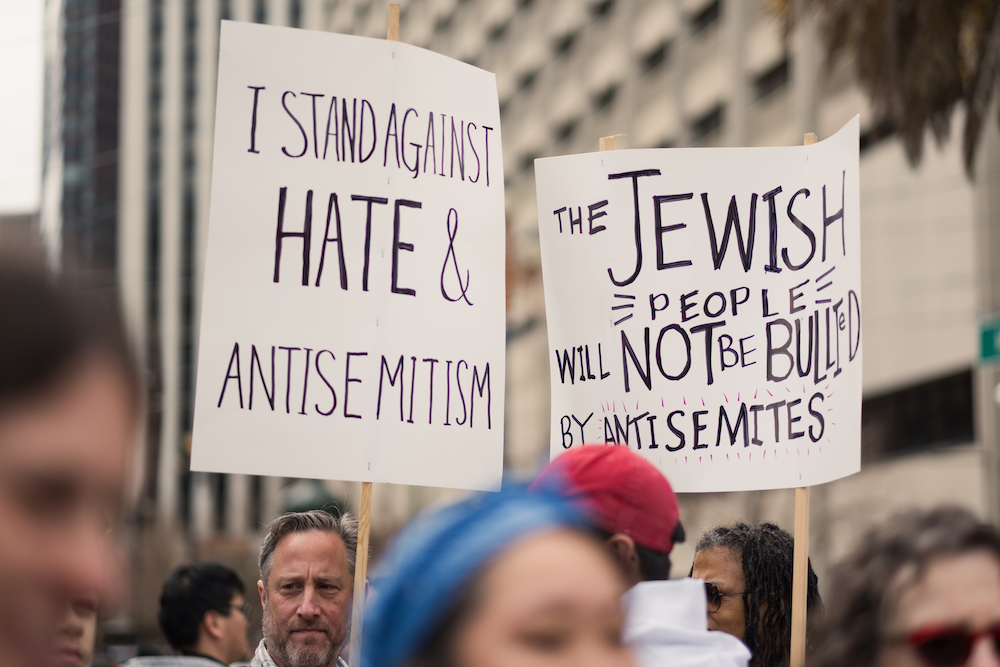
October 7 and antisemitism today
On October 7 2023, Hamas led a terrorist attack that breached Israel’s borders, killed 1,200 people, and took 251 hostage. It was the largest terror attack in Israeli […]
-

White Supremacy on X
X (formerly Twitter) is known to have long-standing issues with hate speech. We take a closer look at White Supremacy on the platform.
-

Calls for the destruction of Israel on X
This briefing outlines New Zealand examples from X (formerly Twitter) to explore double standards as a form of antisemitism.
-
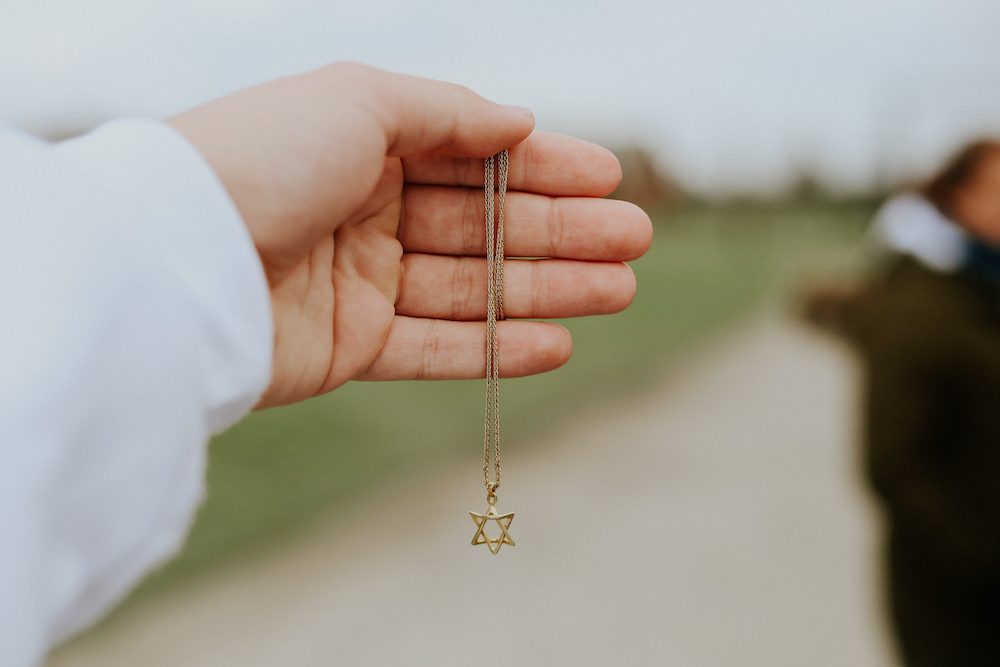
Antisemitic “Judensau” Trope on New Zealand Social Media
In this briefing we examine the use of the antisemitic “Judensau” trope on New Zealand social media.
-
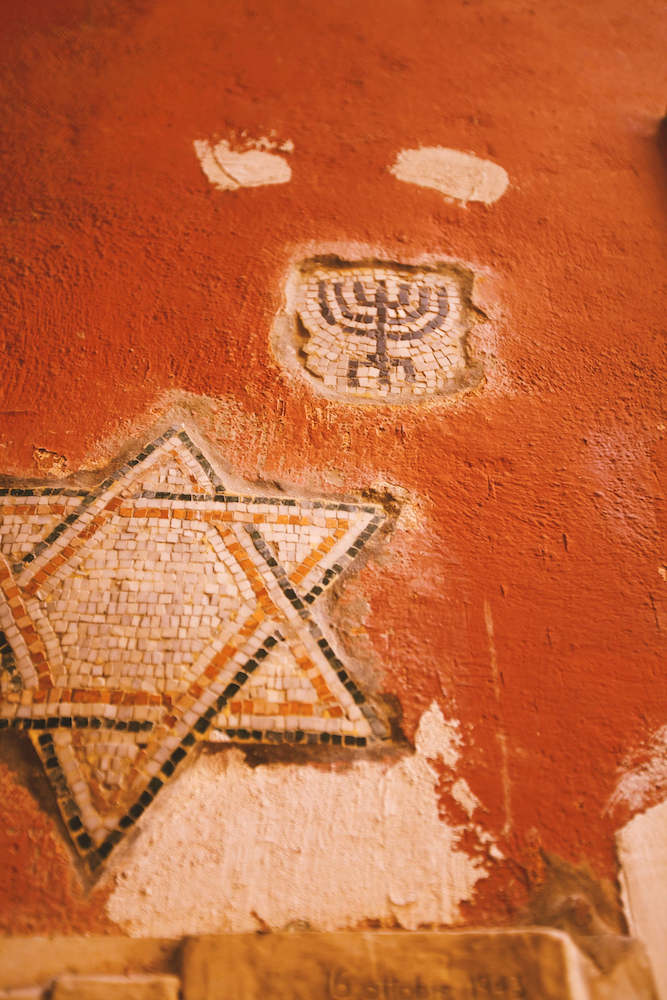
Antisemitism in a New Zealand neo-Nazi Telegram channel, Part II
In this briefing we examine the antisemitism that is prevalent in a New Zealand neo-Nazi Telegram channel.
-

Antisemitism in a New Zealand neo-Nazi Telegram channel, Part I
In this briefing we examine the antisemitism that is prevalent in a New Zealand neo-Nazi Telegram channel.
-
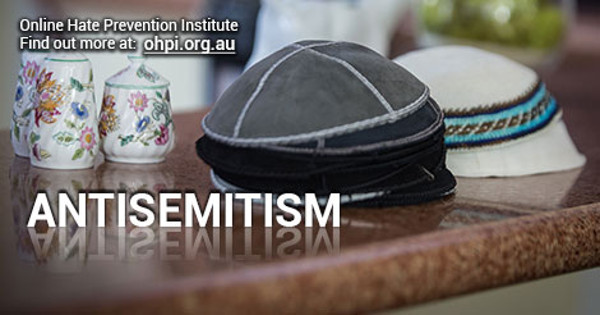
The Baby-Killer trope
This briefing presents a small sample of the antisemitic trope of ‘baby killer’ or ‘child killer’ that is widespread on X (Twitter) in New Zealand (NZ) in the […]
-

Antisemitism on LinkedIn
We examine antisemitism on LinkedIn and look at whether the platform is doing enough to remove antisemitism from their site.
-
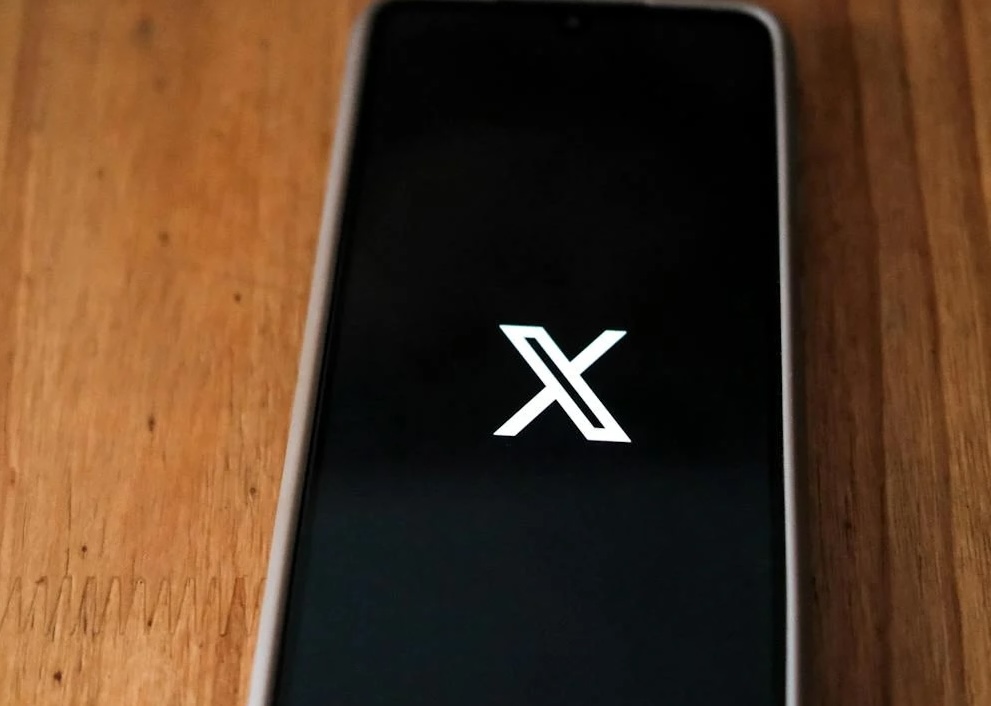
Antisemitism in New Zealand’s Twittersphere
In this briefing we examine posts from New Zealand X (Twitter) users that demonstrate examples of when anti-Israel activism becomes antisemitic.
Learn what we want to do next
As shown by the data above, it is essential that we continue our routine monitoring efforts. At a normal level of work this efforts costs around $70k per year.
We would also like to undertake another intensive monitoring effort from later in October through to February, mirroring our intensive effort in the Moment Project a year ago. This will cost an additional $60k.
Our New Zealand project has been very successful and provided in-depth training on antisemitism, as well as training to work with our tools and systems, and to write effective articles countering antisemitism. We would like to continue this project for New Zealand, and expand it to Australia. This will cost $80k, including pay for the students that will be trained.
We have undertaken extensive work mapping those who pose a threat to the Jewish community in the United States. Similar work does not exist in Australia due to budget constraints. An extensive mapping project would cost $150k and need to be undertaken in coordination with government.
We welcome any support to make these plans a reality.
